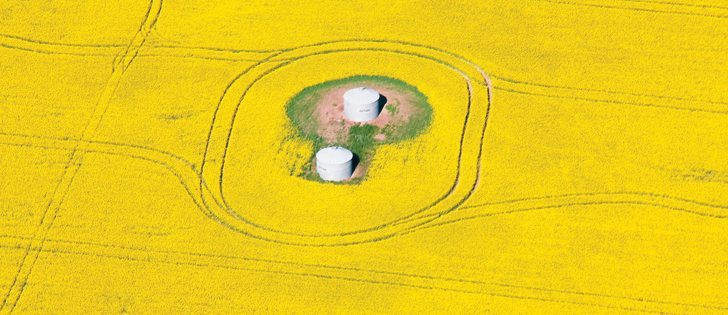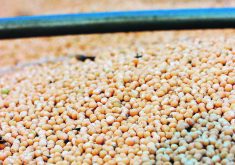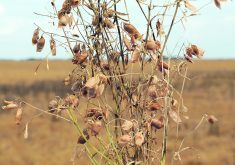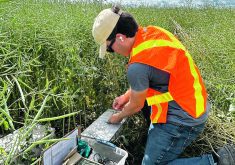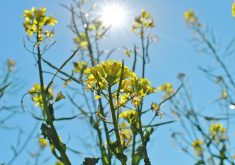Hybrid crop | Alberta scientist believes genes from vegetable crops could improve disease resistance and yields
EDMONTON — Cabbage, cauliflower, rutabaga and brussels sprouts may hold the key to improved disease resistance and higher canola yields, says a University of Alberta plant breeder.
Habibur Rahman said he hopes the thousands of genes locked into vegetable crops and other members of the brassica family will help him develop more genetic diversity in canola.
“The wide diversity in this species can be used for the improvement of canola,” Rahman said during an announcement that his canola breeding program will receive $3.1 million in cash and in-kind donations over the next five years.
Read Also

Gene editing digs deeper space in Canadian plant breeding
More Canadian research into crop variety development is incorporating gene editing, and one researcher notes that Canada’s regulatory approach to gene editing will help drive innovation
“There are thousands of genes that contribute to yield that we don’t see,” said Rahman.
“That’s what I am trying to sort out, the genes that will give higher yielding canola and resistance to disease.”
Viterra Inc. has committed $1.6 million in financing and in-kind donations, and the Natural Sciences and Engineering Research Council will provide $1.5 million.
Bruce Harrison, director of research and development with Viterra, said the money would be used to help Rahman create more diverse germplasm that can be used to develop superior canola hybrids.
“Our objective is to create and commercialize hybrids having improved agronomic traits, including clubroot, one of the emerging challenges, and increased yields that will benefit growers across Western Canada,” said Harrison.
“Longer term we are working with the university to bring much needed genetic diversity so we can tackle some of these long-term challenges faced by farmers with respect to emerging diseases, but established diseases as well, and together we can create higher yielding, more stable crops.”
Rahman worked for a private company in Denmark developing new canola varieties before coming to the U of A.
He now has more time to work on basic cultivar and plant breeding research, including finding lines of canola resistant to clubroot.
“We will be doing basic plant breeding research. This will benefit the entire canola industry. We want to try to sort out which gene is contributing to yield and agronomic properties,” he said.
“There is a lot of scope for improving yield in canola.”
U of A vice-provost Bill Connor said these kinds of funding announcements are easily understood.
“It helps farmers, it helps people eat, it changes the world for the better, it’s a partnership.”

